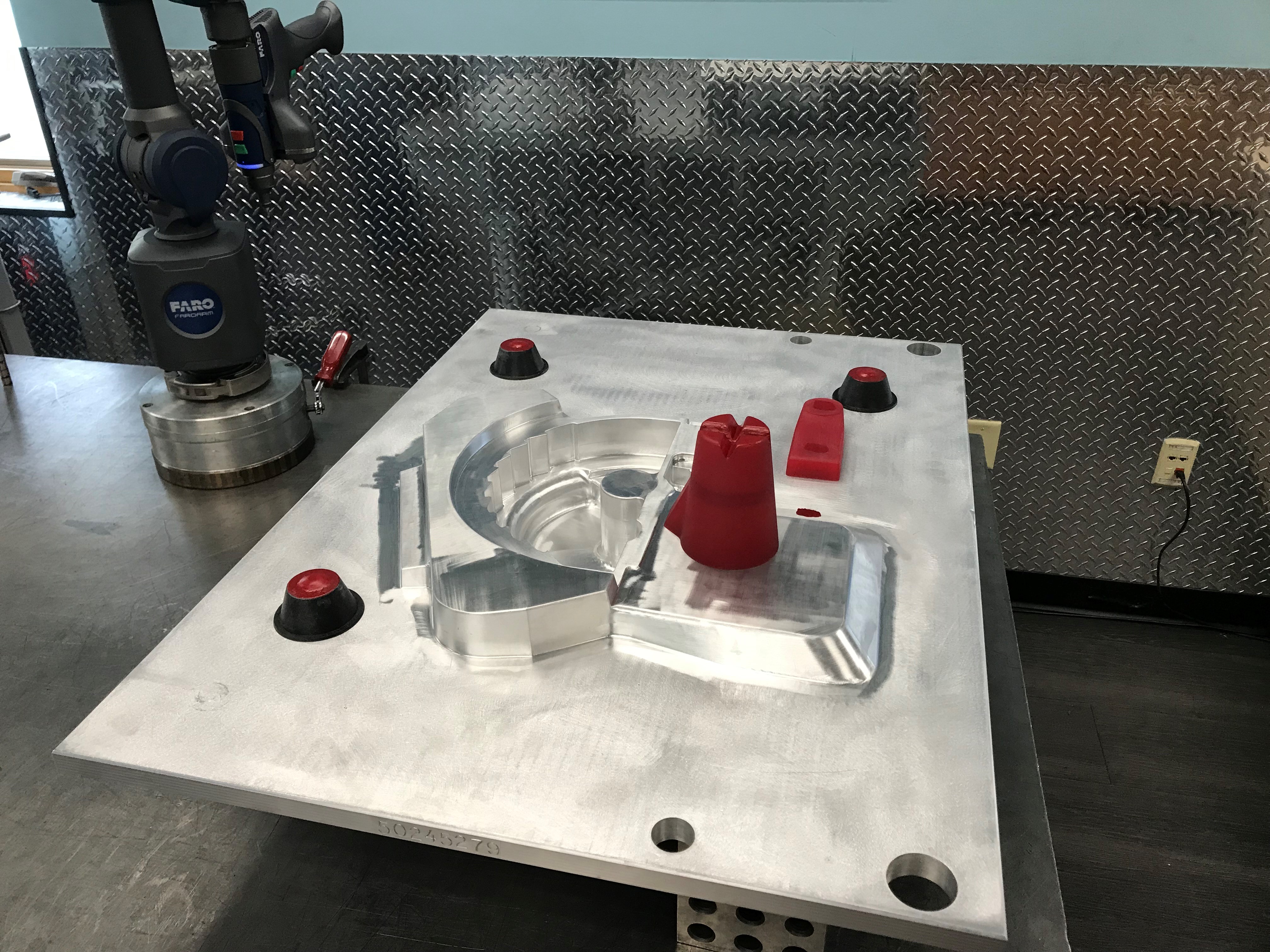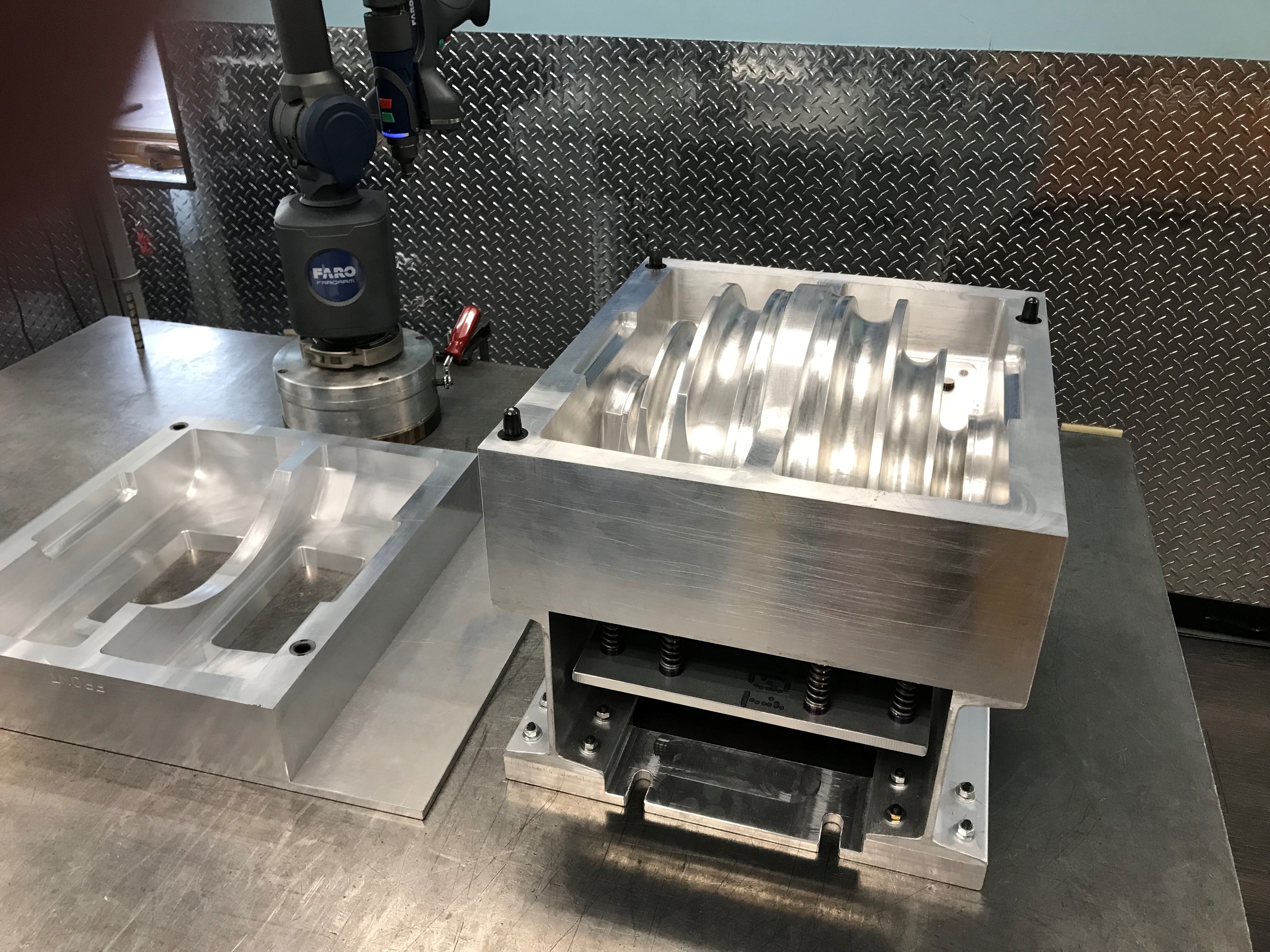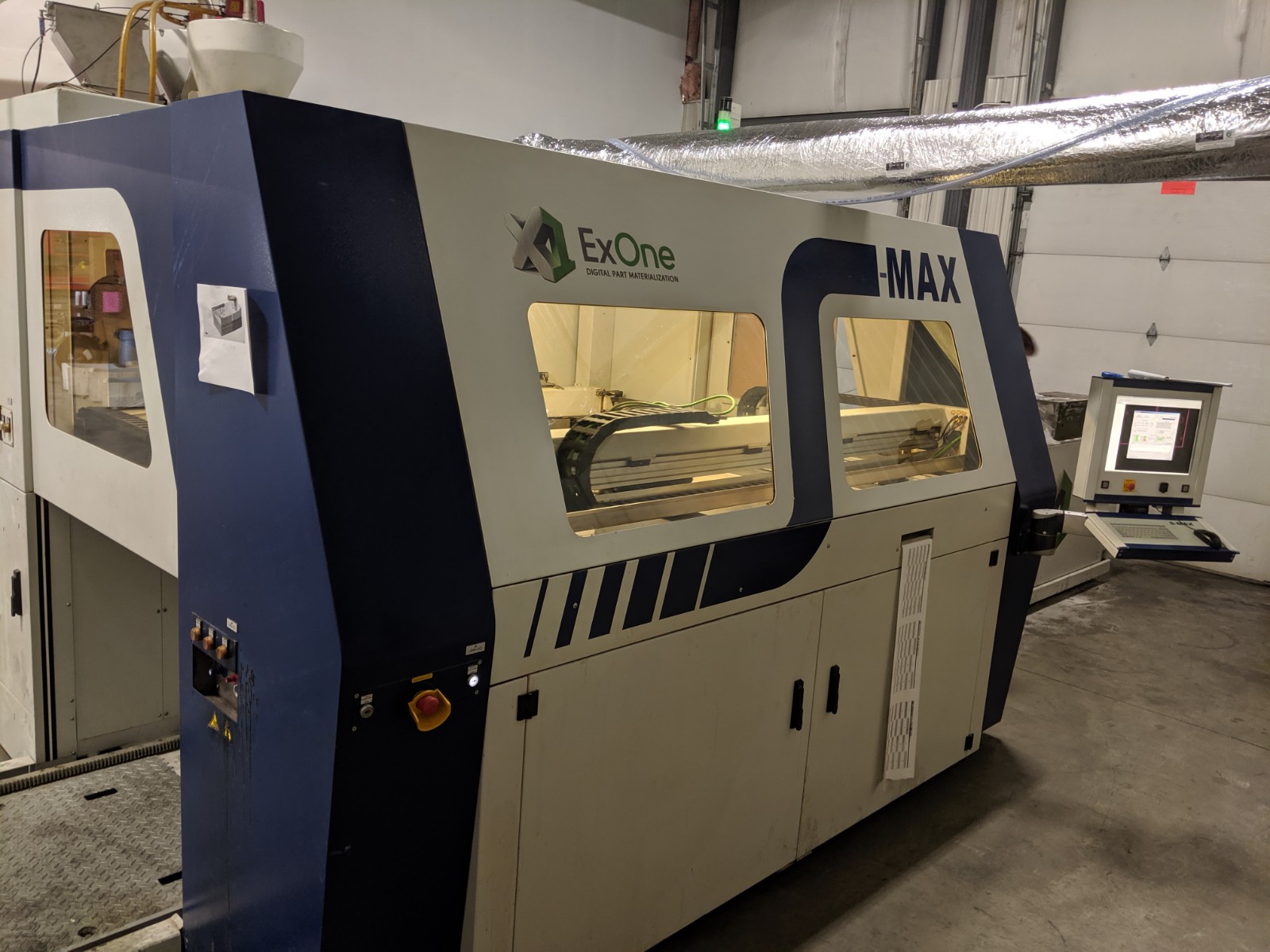The Evolution of Tooling in the Foundry Industry
The foundry industry has long been a crucial player in manufacturing, responsible for producing complex metal parts that form the backbone of various industries. Central to the foundry process is the creation of patterns, which serve as templates for casting molds. Over the years, the development of pattern tooling has undergone a remarkable evolution, driven by technological advancements and the need for enhanced precision, efficiency, and cost-effectiveness.
Traditional Pattern Making
 In the early days of foundry work, pattern making was a labor-intensive craft. Skilled artisans meticulously carved patterns by hand from wood, often spending hours or even days on a single piece. These patterns were then used to create the sand molds into which molten metal would be poured. While this process allowed for intricate designs, it was time-consuming and limited in terms of scalability.
In the early days of foundry work, pattern making was a labor-intensive craft. Skilled artisans meticulously carved patterns by hand from wood, often spending hours or even days on a single piece. These patterns were then used to create the sand molds into which molten metal would be poured. While this process allowed for intricate designs, it was time-consuming and limited in terms of scalability.
 As industrialization took hold, foundries began to adopt metal pattern tooling as a means to streamline production. Metal patterns, typically made from iron or aluminum, offered several advantages over their wooden counterparts. They were more durable, could withstand higher temperatures, and facilitated the creation of more intricate designs. Metal pattern tooling also enabled greater repeatability and standardization, reducing variability and improving overall casting quality.
As industrialization took hold, foundries began to adopt metal pattern tooling as a means to streamline production. Metal patterns, typically made from iron or aluminum, offered several advantages over their wooden counterparts. They were more durable, could withstand higher temperatures, and facilitated the creation of more intricate designs. Metal pattern tooling also enabled greater repeatability and standardization, reducing variability and improving overall casting quality.
The Digital Revolution
The advent of computer-aided design (CAD) and computer-aided manufacturing (CAM) revolutionized pattern tooling in the foundry industry. CAD software allowed engineers to design complex patterns with precision and ease, eliminating the need for manual drafting. CAM systems, on the other hand, facilitated the translation of these digital designs into machine instructions for automated machining processes. This integration of CAD/CAM technology significantly accelerated pattern production and improved accuracy.
 The emergence of rapid prototyping and additive manufacturing, particularly 3D printing, introduced a paradigm shift in pattern tooling. By utilizing 3D printers, foundries gained the ability to produce intricate and customized patterns directly from digital designs. This eliminated the need for traditional tooling and reduced lead times, enabling faster iterations and improved product development cycles. 3D printing also opened up new possibilities for complex geometries and lightweight designs that were previously challenging to achieve.
The emergence of rapid prototyping and additive manufacturing, particularly 3D printing, introduced a paradigm shift in pattern tooling. By utilizing 3D printers, foundries gained the ability to produce intricate and customized patterns directly from digital designs. This eliminated the need for traditional tooling and reduced lead times, enabling faster iterations and improved product development cycles. 3D printing also opened up new possibilities for complex geometries and lightweight designs that were previously challenging to achieve.
 To further optimize the casting process, foundries turned to digital simulation and virtual pattern testing. Advanced software tools allow engineers to simulate the entire casting process virtually, identifying potential defects and optimizing parameters for improved quality and efficiency. Virtual pattern testing enables the validation of patterns before physical production, saving time and resources. Simulation helps in predicting shrinkage, deformation, and other casting-related issues, allowing for adjustments to be made in the design phase itself.
To further optimize the casting process, foundries turned to digital simulation and virtual pattern testing. Advanced software tools allow engineers to simulate the entire casting process virtually, identifying potential defects and optimizing parameters for improved quality and efficiency. Virtual pattern testing enables the validation of patterns before physical production, saving time and resources. Simulation helps in predicting shrinkage, deformation, and other casting-related issues, allowing for adjustments to be made in the design phase itself.
Integrating a Hybrid Approach
In recent years, a combination of traditional and modern approaches has emerged in pattern tooling. Foundries often employ hybrid methods where 3D printing is used to produce intricate sections or cores, while traditional techniques are employed for larger and simpler patterns. This integration allows for a balance between efficiency, cost-effectiveness, and quality, leveraging the strengths of different processes to achieve optimal results.
The evolution of tooling in the foundry industry showcases the remarkable advancements in technology and manufacturing processes. From the labor-intensive craftsmanship of hand-carved wooden patterns to the precision and efficiency of CAD/CAM, and the disruptive capabilities of 3D printing and digital simulation, the industry has come a long way. Today, foundries can create highly intricate and customized patterns with greater speed, accuracy, and cost-effectiveness. As technology continues to evolve, we can expect further innovations in pattern tooling, paving the way for even more efficient and sustainable metal casting processes in the future.

